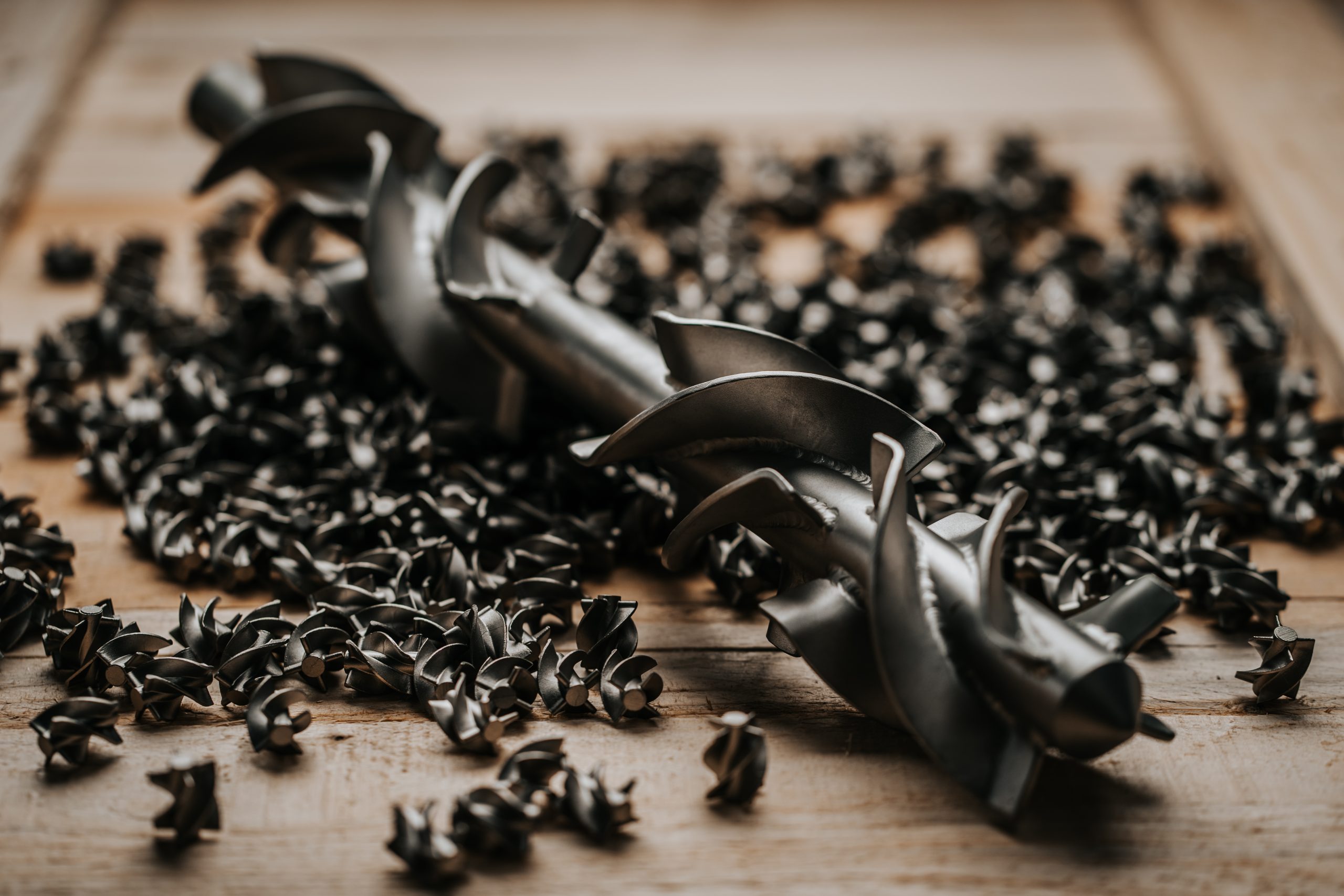Goodness of mixture
The goodness of mixture is a measure of the homogeneity or uniformity of a mix and is calculated from statistic base items. The coefficient of variation is the most commonly used measure. The closer this value approximates 0 the more uniform the mix. For visualisation, it is subtracted from 1 and specified in percent. Thus, 100 percent goodness of mixture (or coefficient of variation = 0) refers to the best goodness of mixture possible which, however, is practically not achievable.
The theory
From a mathematical perspective, the coefficient of variation is the quotient from the standard deviation of the chemical composition of samples from the mixing chamber, the arithmetic mean of the samples. With static mixers, the mixing chamber is the cross-section of the mixing tube with an infinitesimally small length. The value can thus be interpreted through the mixer cross-section as relative error of the target composition. At a goodness of mixture of 95 percent (coefficient of variation = 0.05; often referred to as technical homogeneity) – as known from stochastics – approximately 68 percent of all samples would lie in a range of +/- 5 percent of the target composition. Already 96 percent would lie in the range of +/- 10 percent. This is generally applicable for all normally distributed random experiments.
Dimensioning
The chief task in designing a static mixer appropriate for the requirements consists in determining the number of mixing elements of a particular type that must be arranged in sequence to achieve the desired goodness of mixture at an acceptable pressure loss. The goodness of mixture to be aimed at for a particular application may greatly vary. Only a few elements are often already sufficient to reach a very good homogeneity for simple mixing applications where, for example, low-viscosity components, such as water, readily dissolve. Other scenarios require 20 or more elements to achieve acceptable results.


